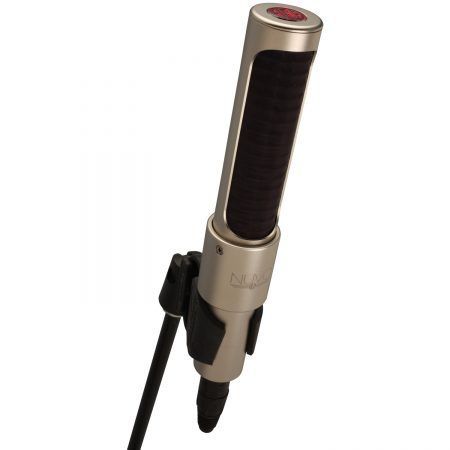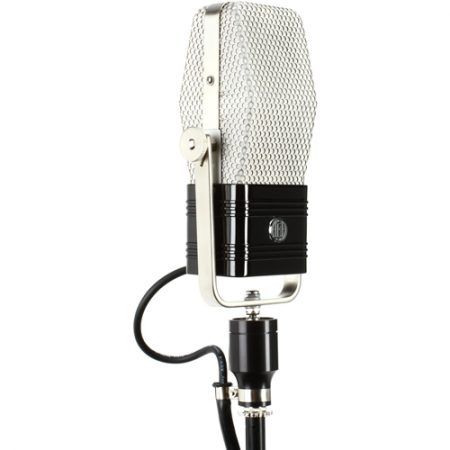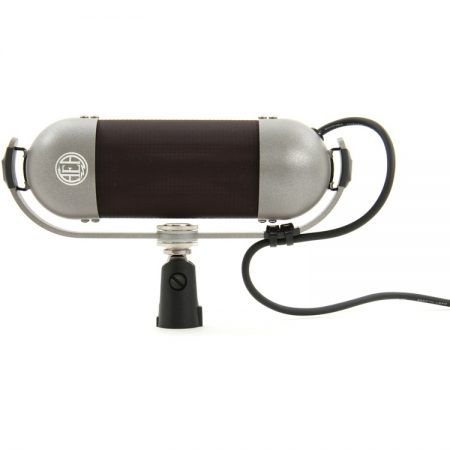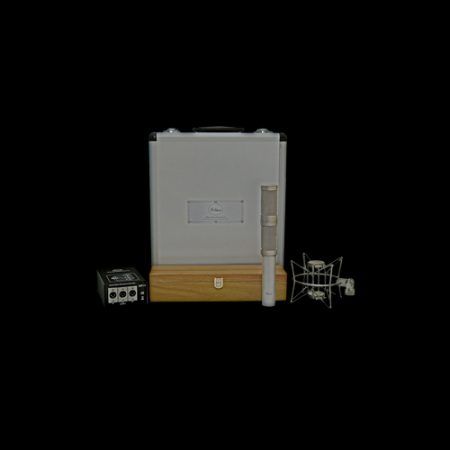Descripción
The AEA RPQ3 preamp and EQ utilizes our newest 3rd generation circuit design. Two channels of high-output, high-impedance, and low-noise gain with our unique EQ architecture optimizes the performance of your microphones.
OVERVIEW
- Two channels with 85dB of sweet, quiet, and mouthwatering JFET gain
- High-frequency CurveShaper™ EQ and low frequency proximity control
- 68k ohm high-impedance circuitry providing better overall transients, frequency response, and higher output sensitivity
- Post-Mic and Pre-EQ Inserts for convenient routing options
- Switchable phantom-power and polarity invert
- Made in the U.S.A.
ENHANCE YOUR RIBBONS
The AEA RPQ3 Ribbon Preamp and EQ provide two channels of high-output, high-impedance, and low-noise gain with a rich and natural sound that brings out the full potential of your microphones.
Specifically designed for ribbon microphones, the RPQ3 excels at drawing out the warmth and lush sound that ribbons are uniquely known for.
A GAIN POWERHOUSE
The RPQ3 is the tool of choice for all microphones whenever a true and pristine signal path is desired. Our 3rd generation circuitry is the cleanest and most musical design we’ve done yet.
With the RPQ3, you will never consider a source too quiet to record with a ribbon mic ever again. Passive ribbons with low output levels require preamps that supply a high level of output. If the preamp you use doesn’t have enough clean gain, the mic signal may seem too soft or noisy which may be apparent when recording quiet acoustic guitars or strings, especially at a distance or with long cable runs. The RPQ3 eliminates this concern.
CURVESHAPER™ EQ
● Ultra-high 68KΩ input impedance (phantom power off)
● 7 to 85 dB of gain
● LF/HF boost and cut
● EQ boost/cut, +/-20 dB (high range), +/- 10dB (low range)
● EQ in/out switching (overall and individual bands)
● +48V phantom
● Polarity switch
● Pre-EQ line out (always active)
● Insert Switch input switching (line input bypasses mic preamp)
● Linear power supply with external 115V/230V switching
EIN (Max gain, 22 Hz to 22 KHz, unweighted):
-130 dBu (typical), 40 Ω source
-128 dBu (typical), 150 Ω source
Frequency Response:
30 dB gain: (-0.6 dB 10 Hz, -3 dB 160 kHz)
85 dB gain: (-3 dB 10 Hz and 160 kHz)
THD+N: 0.0018% (1kHz, 22 Hz-22 kHz @30 dB Gain +4 dBu output)
XLR Output Max Level: +27 dBu into 600 Ω load
Input Impedance: 11.3 kΩ (with Phantom), 68 kΩ (no Phantom)
Output Impedance: 50 Ω
Max Input Signal Level: +20 dBu (minimum gain)
Stepped Gain Control: 12-position switch from +7 dB to +65 dB
Output Trim: Continuously variable from 0 dB to +20 dB
EQ Circuitry:
First order shelving response
20 dB max boost/cut high range, 10 dB max boost/cut low range
Low frequency sweep continuously variable 40 Hz to 675 Hz
High frequency sweep continuously variable 2 kHz to 28 kHz
Input and Output XLR Polarity: Pin 2 hot
LED Signal Level Indicators:
Green LED ≅ -20 dBu;
Yellow LED = 0 dBu;
Red LED ≅ +20 dBu (clipping +27 dBu)








